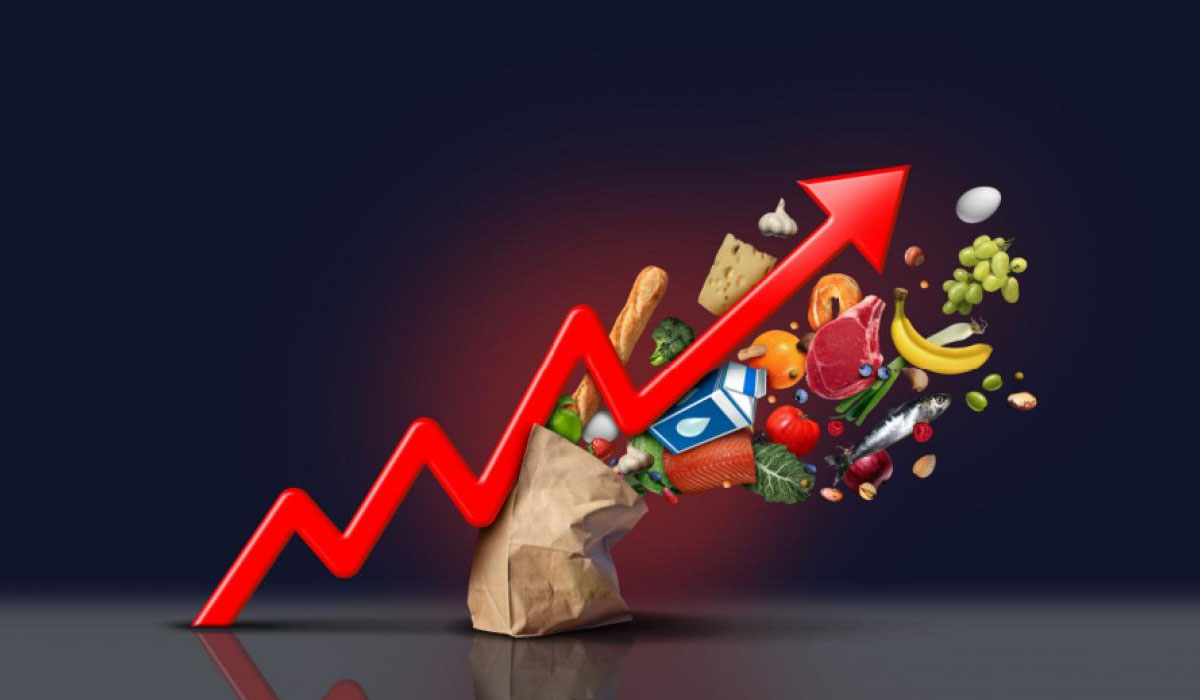
New Delhi, May 4: The FAO Food Price Index (FFPI), which reflects monthly changes in international prices of commonly traded food items, averaged 128.3 points in April. This marks a one per cent increase from March and a 7.6 per cent rise from April 2024. The index is based on the average prices of five key food commodity groups: cereals, meat, dairy, vegetable oils, and sugar. Each group is weighted based on its average export share from 2014 to 2016. (c)
Global food prices continued their upward trend for the third straight month in April 2025, with the Food and Agriculture Organisation (FAO) of the United Nations reporting a 7.6 per cent increase compared to the same month last year. The rise in prices was largely driven by more expensive cereals, meat, and dairy products, according to data released by the FAO on May 2.
The FAO Food Price Index (FFPI), which reflects monthly changes in international prices of commonly traded food items, averaged 128.3 points in April. This marks a one per cent increase from March and a 7.6 per cent rise from April 2024. The index is based on the average prices of five key food commodity groups: cereals, meat, dairy, vegetable oils, and sugar. Each group is weighted based on its average export share from 2014 to 2016.
One of the key contributors to the rising food prices was the cereal group, which saw its price index go up by 1.2 per cent from the previous month. Global wheat prices edged higher in April, mainly due to tightening exportable stocks in the Russian Federation, one of the world’s leading grain suppliers. Adding to the upward pressure, international rice prices climbed as demand for aromatic varieties remained strong.
Corn (maize) also saw a modest increase in prices, linked to seasonally low inventory levels in the United States. The FAO noted that currency fluctuations and policy shifts in tariffs have added layers of uncertainty, contributing to volatility in food markets.
The global dairy price index posted a 2.4 per cent increase in April compared to March, with prices now standing 22.9 per cent higher than a year ago. This surge was particularly influenced by record-setting international butter prices, which the FAO attributed to shrinking inventories across Europe. Tight supply conditions, combined with stable demand, pushed butter prices to new all-time highs, influencing the broader dairy price category.
Other dairy products, such as cheese and skimmed milk powder, also contributed to the index’s rise, though to a lesser degree than butter. FAO analysts pointed out that the dairy sector is facing logistical constraints and changing consumer preferences that may continue to affect pricing dynamics in the months ahead.
The meat price index climbed 3.2 per cent in April, with pork leading the gains. Prices for pork rose notably due to increased global demand and constrained exports in several producing regions. Beef prices also moved higher, especially in Australia and Brazil, where limited exportable supplies coincided with stable demand from importing countries.
These dynamics are reflective of broader patterns in the global protein market, where supply chain disruptions and disease outbreaks among livestock herds in some regions continue to influence trade flows and pricing.
Not all food categories saw price hikes in April. The vegetable oil price index fell by 2.3 per cent from March levels. However, despite the monthly dip, prices remain 20.7 per cent higher than those recorded in April 2024. A key factor behind the decline was a steep fall in palm oil prices, largely driven by seasonal increases in production in major Southeast Asian producer countries.
Meanwhile, soybean and rapeseed oil prices increased on strong global import demand, offering some counterbalance to the decline in palm oil. Sunflower oil prices remained generally stable throughout the month.
Sugar prices also experienced a decline, falling by 3.5 per cent from March. The FAO linked the drop to market concerns about a potentially weaker global economic outlook, which could impact industrial demand—particularly from the beverage and processed food sectors, which together represent the largest consumers of sugar worldwide.
The FAO emphasized that a combination of currency movements and shifting trade policies continues to influence international food markets. Fluctuating exchange rates have affected import and export competitiveness, while changes in tariffs and other trade regulations have heightened uncertainty for both producers and buyers.
There is also growing concern over how broader macroeconomic conditions, such as inflation, interest rate shifts, and geopolitical instability, might influence consumer purchasing power and food supply chains in the near future.
As the world enters the second quarter of 2025, global food markets remain under pressure from both supply-side and demand-side forces. While agricultural production has been relatively stable in many regions, logistical hurdles, climate variability, and trade tensions are adding stress to already tight markets.
The FAO’s warning about the unpredictable impact of currency shifts and trade adjustments suggests that price volatility may persist. In addition, the organization continues to monitor weather-related factors such as droughts or floods, which could disrupt upcoming harvests, particularly in major grain-producing regions.
In the months to come, the international community will be watching closely to see whether policy measures, such as export restrictions or subsidies, will be implemented in key agricultural economies to stabilize domestic prices. Such moves could further affect the global balance of food supply and demand.
While consumers across the globe are already feeling the pinch of rising food prices, particularly in low- and middle-income countries, the FAO reiterates the need for coordinated action and transparent market practices to prevent further food insecurity.
